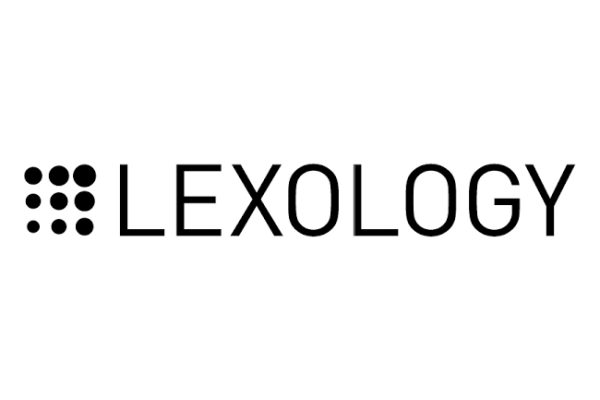New holds inspection regulation causes uncertainty and disappointment
Introduction
Under the new Regulation 693-E/2017, the system for checking the cargo-worthiness of holds and tanks of ships and barges for the export of grains and their products and by-products will be compulsorily applied to all ships.
The cargo-worthiness verification procedure aims to ensure compliance with the essential minimum requirements for storing grains and their products and by-products in holds and tanks before loading starts. These requirements replace those previously established under Regulation 28/2005.
Under Article 4(b), holds or tanks can be rejected where at least one of the following reasons is verified and of significant magnitude to compromise – wholly or in part – the quality and condition of the cargo:
- Section I – live insects or arachnids. If live insects or arachnids are detected, holds and tanks will be considered unsuitable for the receipt of cargo.
- Section II – loose rust scales on significant surfaces. In order to determine the presence and amount of loose rust scales, slight pressure should be applied to the area where loose rust scales might be present with the palm of the hand. The use of any other element or instrument is expressly prohibited. Rust scales should not be confused with loose paint scales, the volume of which is insignificant.
- Section III – humidity on a significant surface. This may be due to condensation, washing water or filtration. In the first two scenarios, if the surface is small or forms a thin layer on the walls of the hold, it will be rejected and the ship’s crew will be instructed to dry it out. The hold will not be considered fit if water is found on the walls or in puddles in the flat areas.
- Section IV – leaks as a consequence of damage. Damage caused by perforations or structural damage to ballast water tanks can cause leaks. In such cases, an inspection can reveal the presence of a puddle of water in the bottom of the hold, which cannot be approved until the damage is remedied.
- Section V – commercially objectionable odours. According to this regulation, odours that could contaminate or depreciate goods are considered commercially objectionable. The main objectionable odours generally correspond to the following cargoes:
- fish meal;
- guano;
- chemical products;
- sulphur; or
- a lack of cleanliness on bilges.
The smell of paint is not a valid reason for rejection. In such cases, a reasonable ventilation time will be allowed before rejecting the hold.
- Section VI – fresh paint on a significant surface. The presence of fresh paint must be detected by inspecting the corresponding surface and is a ground for rejection.
- Section VII – polluting wastes from previous cargo. Polluting wastes from previous cargo includes any substance in a hold or deck which is capable of contaminating the goods to be exported from a phytosanitary viewpoint, including:
- iron ore;
- coal;
- sulphur;
- fertilizer;
- sugar;
- alumina;
- fish meal;
- weed seeds; and
- residual grains.
- Section VIII – rodents or excrement. Holds will be rejected if rodents or excrement are found.
- Section IX – other reasons or objections, including:
- faulty hatch covers;
- inadequate or non-existent separations between cargoes; or
- hydraulic fluid leaks.
For operations where the buyer’s country requires official checks, the interested party must receive a cargo-worthiness certificate from the National Food Safety and Quality Service (SENASA). A surveying company’s intervention will not be required. However, if the buyer’s country requires no official checks, cargo-worthiness verification may be carried out by a surveying company.
Article 7 is Regulation 693-E/2017’s most controversial aspect. Under this article, SENASA must conduct technical audits of surveying companies’ verification procedures. As a result, SENASA can reject a ship which has been previously approved by a surveying company. The most common case in point is where a ship was approved at roads and then rejected at berth.
The new regulation will be in force for only one year. As it includes provisions regarding live insects and arachnids, it takes a tougher stance than the previous regulation, which referred only to specific insects found in grains from previous cargoes. The presence of previous cargo is another controversial aspect of the new regulation, as it posits that decks (as well as holds) must be free of any previous cargo.
Further, the new regulation introduces new grounds for the rejection of holds, as discuseed above. In addition, the regulation does not clarify whether inspections should take place at roads or berth, leading to difficult discussions between charterers and shipowners regarding inspection costs.
Since the regulation has come into force, it is common to see SENASA inspectors boarding random ships. They are meant to monitor private surveyors; however, in practice, they enter holds, climb bulkheads and look for minor issues. This is similar to the inspection climate experienced under the previous regime.
In terms of compliance, ships that meet industrial standards should face no major issues and any attempt from surveyors or inspectors to reject such a ship could be challenged.

